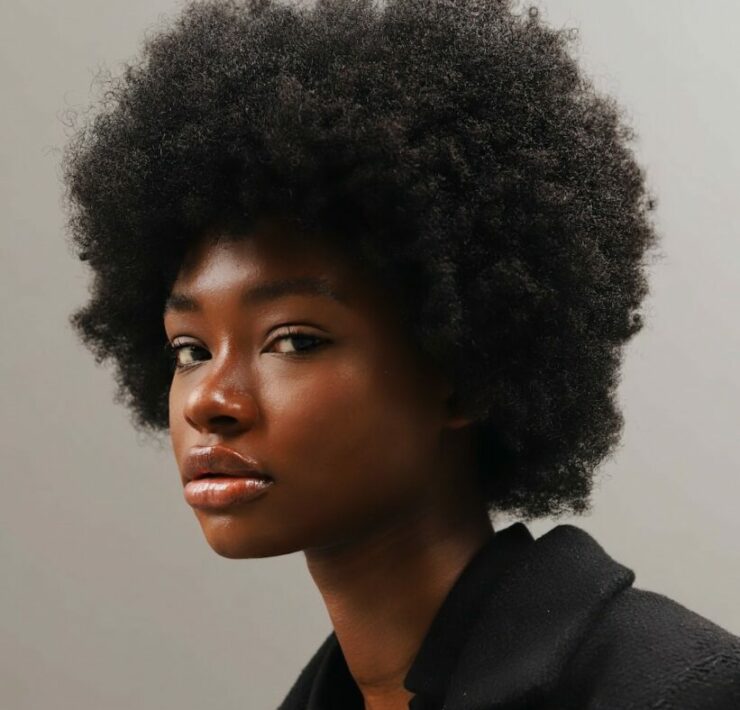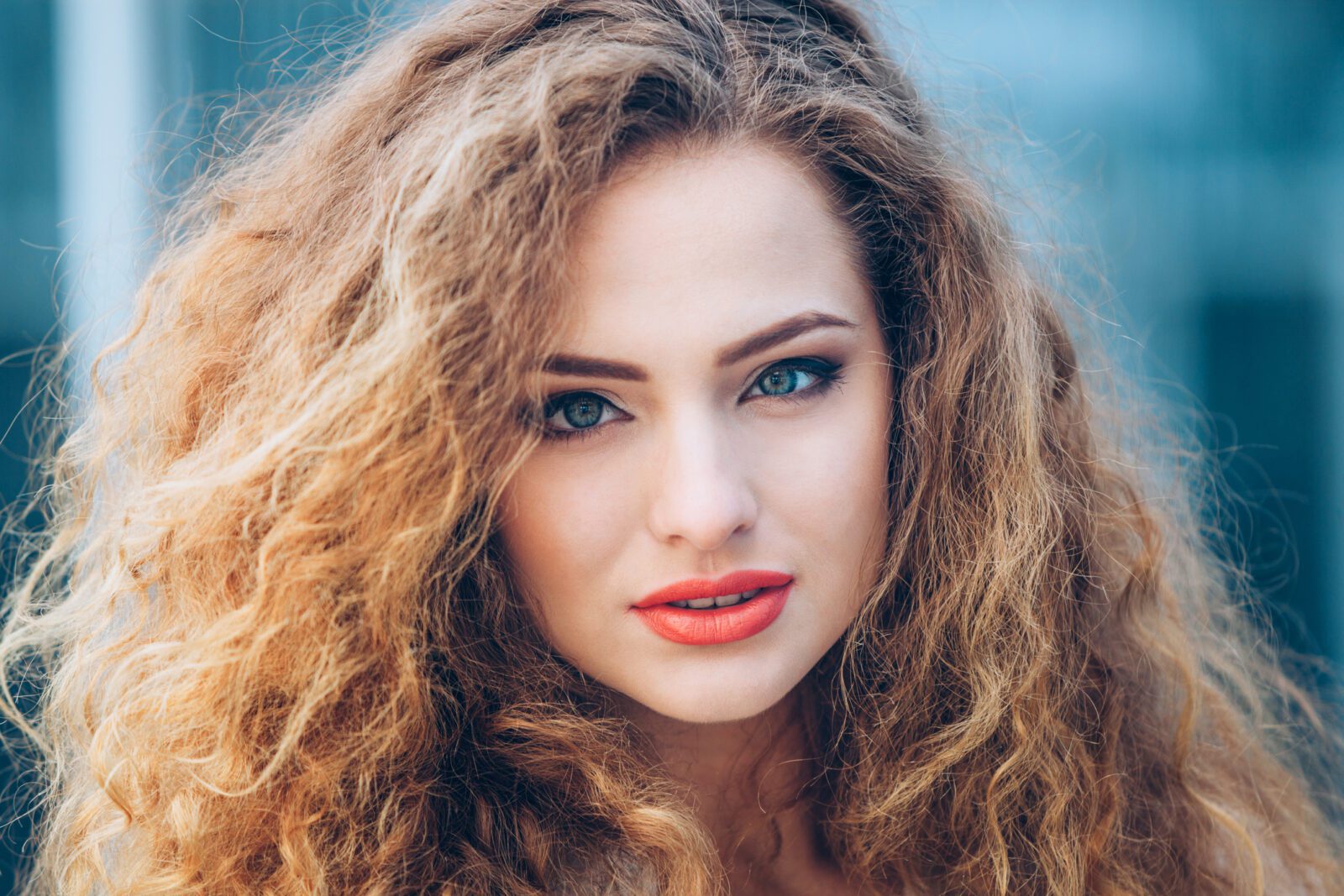
All about hair porosity
One of the important steps to hair care is an understanding of our hair porosity. Hair porosity refers to the hair’s capacity to absorb and retain moisture. Each of us has a particular kind of hair porosity (or a mixture) and this can impact how well we can hydrate our hair.
What is hair porosity?
To understand hair porosity, it is helpful to understand the structure of the hair. Our hair is composed of three layers: the cuticle, the cortex, and the medulla.
The cuticle is often compared to the shingles on a roof or the scales on a turtle. It forms the tough, outer layer made up of smaller cuticles overlapping each other. There are typically 4-5 layers of cuticles.
The cortex is the thickest layer of our hair and is where the fibrous protein is stored, which provides the pigments for our hair color.
The medulla is the soft and central part of this structure.
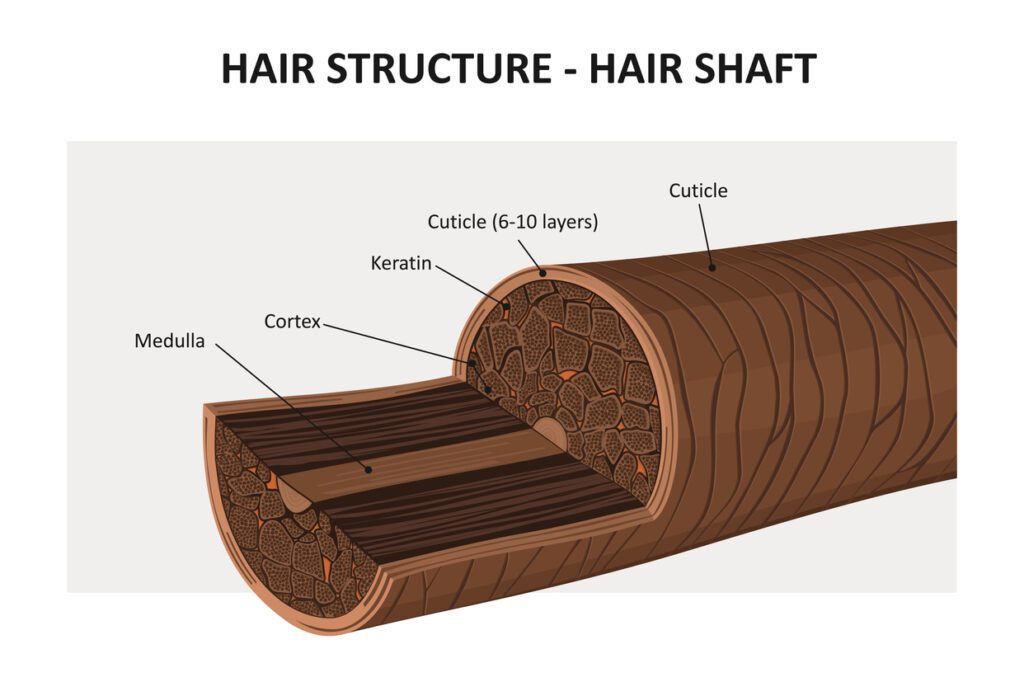
For our hair to be soft, hydrated, and healthy, it is necessary for water, oils, and other moisturizing products to pass through the cuticle to get to the cortex. The position of the cuticles (raised or tight) impacts how moisture is absorbed and retained.
One of the most important factors for porosity is genetics. But apart from this, blow-drying, straightening, coloring, bleaching, over washing, and prolonged chemical treatments can result in raised or damaged cuticles and low moisture retention. As hair ages naturally, it becomes more porous and moves from the root to the end of the hair. Porosity is also related to the hair’s pH. Low pH products reduce the hair’s porosity and tighten the cuticle while high pH products have the opposite effect on hair porosity by swelling and lifting the hair’s cuticle.
How to determine hair porosity?
When checking for hair porosity, it is best to try this particular technique on freshly washed and dried hair. Grasping a clump of your hair ever so gently between your thumb and your index finger, slide it from the bottom to the top of the scalp between your fingers to feel it. If you feel bumps and textures as you slide upwards, your hair most likely has raised cuticles which means that it is reasonably porous. Hair that tends to get wet very quickly under the shower just before shampooing tends to be porous.
Hair porosity is divided into three broad categories: low, medium, and high and classified further by grades as we will see below.
What are the common features of low porosity curly hair?
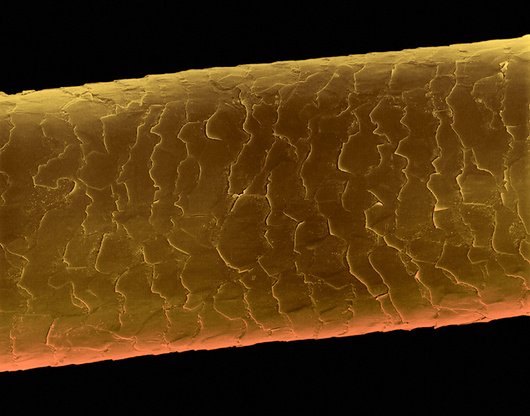
These curls take a long time to dry. Oils and moisturizing products take a long time to get absorbed into this kind of hair. Natural oils do not penetrate easily. Low porosity hair usually has tight cuticles making it difficult for moisture to enter the hair shaft. (Note: if you have high density hair, heavy styling products can make high density hair take longer to dry even if the hair is high porosity.)
What are the common features of medium or normal porosity hair? Normal porosity curly hair is bouncy and elastic and is able to easily accept and absorb moisture. This kind of hair requires little maintenance, holds styles very well, and can be colored effectively.
What are the common features of high porosity hair? Hair that is highly porous tends to get wet and absorb moisture immediately. At first glance, this may seem like a positive aspect, but hair that tends to get wet quite quickly also loses moisture faster, leading to dryness and eventually breakage. The curls are often frizzy and may require more moisture and sealing products. (Note: if you have low porosity, low-density hair, it can dry quickly because of the lack of density.)
The five grades of hair porosity

Grade 1: This is virginal hair that has a very tight cuticle, essentially inhibiting the absorption of moisture. This is relatively rare as most people’s hair undergoes changes, either through chemical treatment or through heat application or even environmental factors such as pollution. Low porosity hair is quite shiny and smooth to the touch. Children with wavy or curly hair often have grade 1 porosity hair.
Grade 2: People with low porosity grade 2 hair can be considered to have normal hair that can be washed and conditioned but which generally doesn’t even require any conditioning. Hair is easily detangled without having to resort to any additional conditioning usually falls under this category. The hair cuticle is quite tight and strong.
Grade 3: Hair that falls under this category has usually been chemically treated a few times (usually at least colored lighter about five times) and therefore requires quite a bit of rigorous conditioning and usually a leave-in product afterward as well. There are still enough cuticle layers for this hair type and therefore there are fewer chances of heavy breakages. Hair with porosity of this grade requires some loving care routines and treatments. Deep conditioning is recommended. Determining whether the hair needs protein or moisture is crucial before deciding on hair treatment options.
Grade 4: With this kind of hair, perhaps hair coloring has been done to up to seven shades lighter. Hair with this level of porosity has been compromised quite a bit. Apart from deep conditioning, a leave-in agent is absolutely pivotal. Because of the weakening of the hair cuticle, the hair strands are left weak and considerable breakage can be experienced. However, all is not lost and deep conditioning treatments can help. People with grade 4 porosity do need to take care not to further compromise the quality of their hair with more chemical or heat exposure.
Grade 5: Grade 5 hair has undergone a large amount of damage. With a gummy texture, this kind of hair can come off easily in your hands as you pull on them. Hair of this type does not retain moisture well and it is not possible to color it successfully. May need to be cut off….
Translating this grading system to a simpler classification:
Grades 1-2 correspond to low porosity
Grade 3 correspond to medium or normal Porosity
Grade 4 correspond to high porosity
Grade 5 correspond to damaged beyond repair
Tips on caring for your hair according to your porosity
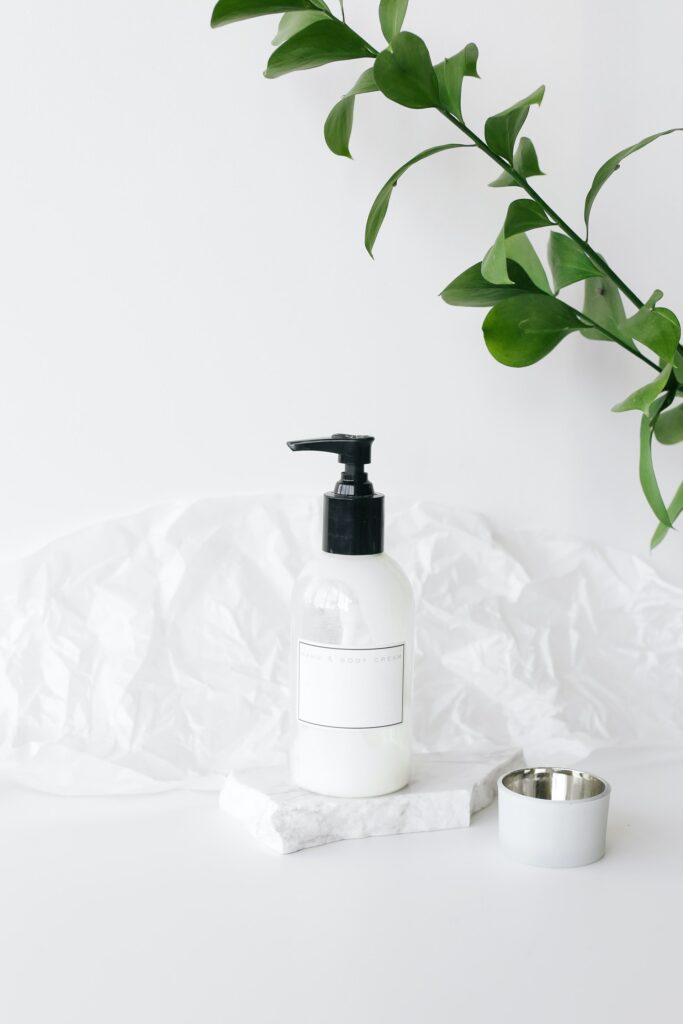
Caring for low porosity hair: A deep treatment curl restoration therapy under a dryer, steamer, or a heat/shower cap is recommended for this kind of porosity. This will enable hair to absorb moisturizing products. Care needs to be taken when applying products on low density hair as too much product can be difficult to retain on fine hair as opposed to high density hair where it is needed. It is also better to spread out hair products in an even manner. Clarifying can remove any product build-up that has happened over a period of time.
Caring for medium/normal porosity hair: Hair with normal porosity needs little help. The cuticles are able to allow natural moisture retention. However, regular deep conditioning treatments are recommended for this kind of retention to continue.
Caring for high porosity hair: Hair of this kind needs a lot of help in moisturizing. High porosity hair should avoid heat and air dry instead. Regular deep conditioning is necessary to protect these curls. ACV rinses with cold water should help smooth the cuticles and prevent hair from getting frizzy. Moisturizing leave-in products are an absolute necessity (but go easy with such products on low density hair).
If you wish to have your hair professionally examined, check out:
One of the microscopic analysts from MyManeBio has started a small Etsy shop called HairoScope Analysis that offers a microscopic hair analysis similar to the Foundational Analysis that MyManeBio offered. Check out her shop!
Analysis performed:
+ Hair Texture
+ Hair Type
+ Strand Porosity
+ Elasticity
+ Density


